One of the last homes for the much endangered Irrawaddy dolphin, Kratie also offers a genuine slice of rural Cambodia, as Marissa Carruthers discovers.
A loud rumble erupts from the angry sky that is closing in on us as we follow a village elder along a path that snakes through paddies and into the jungle. We pass grazing water buffalo, shimmering pools of water gifted by the monsoon rains, a few stilted houses and clucking chickens before reaching an ageing wooden shack.
The elder climbs up a rickety ladder, clutching the offerings of incense, orange soda and biscuits that our guide, Phiya, bought from a small stall that lines the dusty road on Koh Pdao, an island in the Mekong River that sits about an hour’s drive and boat ride from Kratie town, before we start our mission into the woodland.
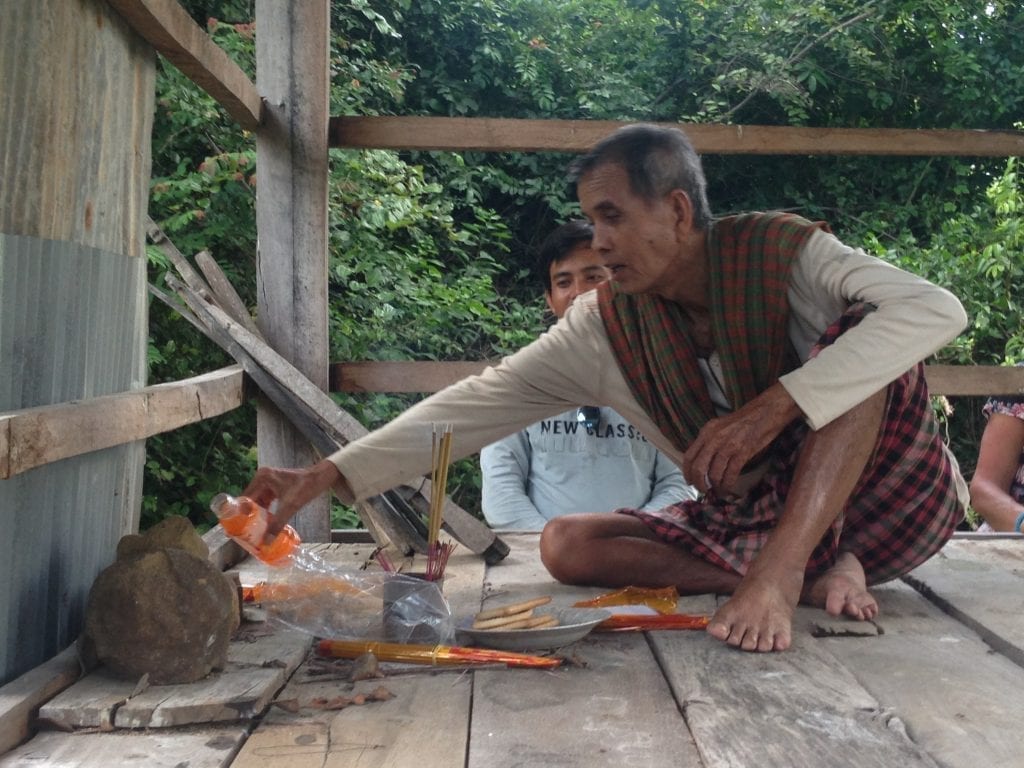

“Animism is practised here,” says Phiya, explaining that before we can stay with our Cambodian hosts for the night, we need to seek permission from the spirits. And the only person with the ability to do this is the village’s spirit master, who has already started gently chanting inside the hut, lighting incense and pouring juice over stones believed to hold the spirit.
Watching the students progress from being extremely shy to working here and gaining confidence is incredible
Thankfully, despite the sky’s ominous groans and moans, the spirits give us the go ahead and we’re able to return to the stilted wooden home nestled among lush tropical greenery off the banks of the river to a hearty meal prepared by our hosts, a Cambodian family of five.
The previous day we’d arrived in Kratie, which sits a world away from boisterous Phnom Penh and its cacophony of construction, traffic and busy capital life. As part of our trip with Cambodian Rural Development Tours (CRDT), which specialisies in community-based tourism initiatives, we checked in to Le Tonlé Guesthouse, with its smart but simple accommodation and accompanying restaurant operated by CRDT’s Le Tonlé Tourism Training Centre.
As well as working with communities throughout Kratie province and beyond to create a series of eco tours, part of CRDT’s mission is to equip Northeast Cambodia’s poorest families with hospitality skills and raise them out of poverty. The training centre recruits locals aged 16 to 35 – whose families earn less than $1 a day – and trains them in areas ranging from food and beverage, and housekeeping to reception skills and English classes to fill the growing number of guesthouses, restaurants and bars across Cambodia.
For more ideas about travel to Cambodia, read Things to Do in Siem Reap Avoiding Angkor.
To date, 95 percent of graduates have found employment.
“Watching the students progress from being extremely shy – having never seen a foreigner before as they usually work hard in rubber plantations – to working here and gaining confidence is incredible. I’m so happy to see that,” says CRDT business programme manager, Khoun Tola.
To ensure that all business owners are on the same page – offering fair working conditions and wages – the school runs three-month weekend courses for management level workers.
“Many local businesses don’t care about service standards or workers’ rights,” says Pha Pech, who is in charge of the training programmes and curriculum. “They want skilled workers but don’t want to pay the wages so we work with them to raise the level of standards as well as the treatment of employees, and we have seen a lot of changes.”
The hospitality school’s successes are evident at Le Tonle Guesthouse and Restaurant, where 13 spacious guestrooms sit close to the Mekong River – an additional five rooms are currently being built in a new building. Across the road is the restaurant, where guests can feast on a range of Khmer and Western food that comes highly recommended.
“We want to build on these successes and roll out the programme to Mondulkiri in the future,” says Pha, adding guests are welcome to visit the training centre to learn more about the pioneering project.
There are less than 85 of the mammals located on the 190km stretch of river from Kratie to the border with Laos
Another major arm of CRDT is the tours it operates, which offer visitors the chance to discover the real Cambodia. And after a good night’s sleep at Le Tonle, we rise early to hit the rural roads and head into the countryside.
Our first stop is at one of the many bamboo sticky rice makers that line the roads from Kratie to Sambor. Here, we see first-hand the painstaking process that goes into making the sweet treat, with sellers waking at 2am to ensure enough produce is made for the early morning bulk buyers.
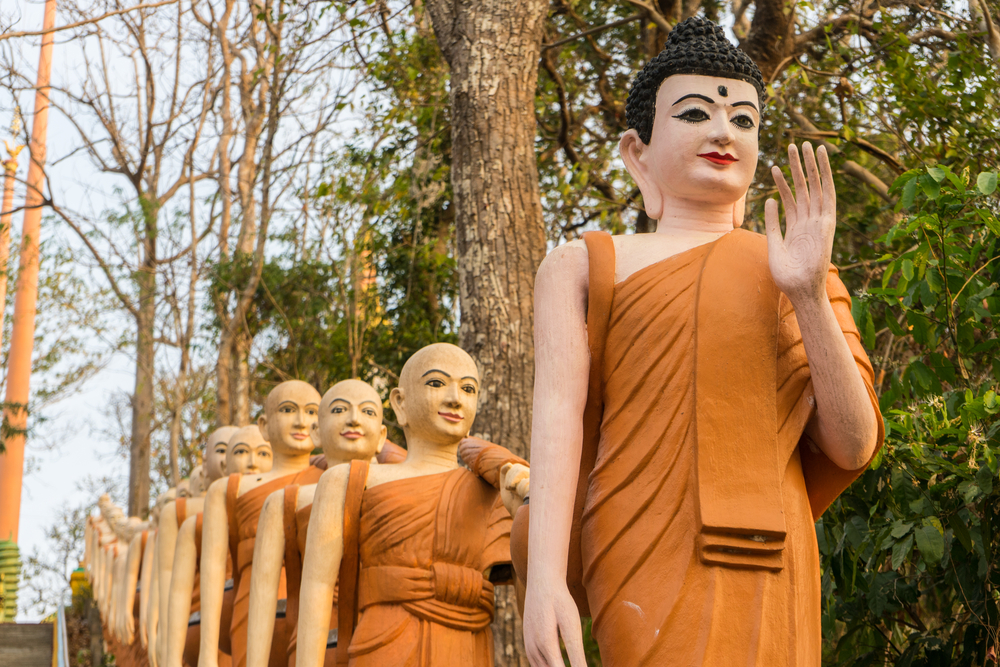

The day is then filled with an exhilarating agenda of activities. We catch a small fishing boat out into the Mekong to watch the endangered Irrawaddy dolphin gliding in and out of the water. According to WWF Cambodia, there are less than 85 of the mammals located on the 190km stretch of river from Kratie to the border with Laos. Then we visit the Mekong Turtle Conservation Centre, home to a breeding programme for the rare Cantor’s giant soft shell turtle, before meeting fortune tellers and fishermen. We top this off with a trek to Sambor mountain, home to a beautifully-decorated hilltop temple.
The Irrawaddy Dolphin
The critically-endangered Irrawaddy dolphin can today only be found in a short stretch of the Mekong River from Kratie to the Laos-Cambodia border. Once home to several thousand dolphins in the 1960s, today WWF Cambodia estimate there are less than 85 remaining. The Mekong is one of only five freshwater habitats in the world that the species call home, and it has the largest remaining freshwater population.
As part of WWF’s conservation efforts, regular population surveys are carried out as well as educational work within local communities to prevent illegal poaching and encourage habitat preservation and restoration.
From Kampi, a short ride from Kratie, visitors can climb on board one of many fishing boats to see the Irrawaddy dolphin. During wet season, they can be seen within a 20-minute ride, while dry season pushes them further into the river, taking about 40 minutes.
For more information on the Irrawaddy dolphin and other endangered species, visit WWF.
Somehow we manage to cram all this in before a 40-minute boat ride takes us to the village of Koh Pdao, where our warm hosts have set up mattresses under a mosquito net for us to sleep on in a cordoned off room next to the family’s bed, with their two kittens. Worn out, an early night was on the cards before a hearty breakfast with the family.
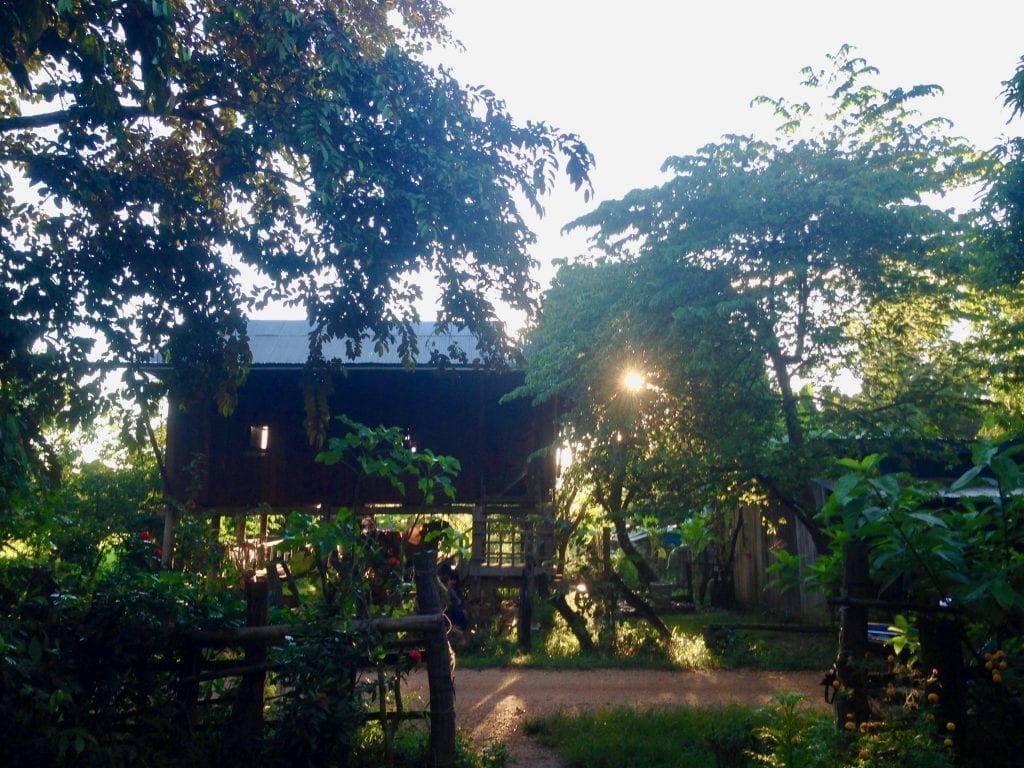

This exploration of the real Cambodia had to round off in true fashion – sharing a taxi with five other Cambodians back to Kratie, where we were able to recuperate for one more night at Le Tonle. A great way to round off a great trip.
For more information, visit crdt.org.kh and letonle.org.
For other ideas on things to do in Cambodia off-the-beaten track, click here.
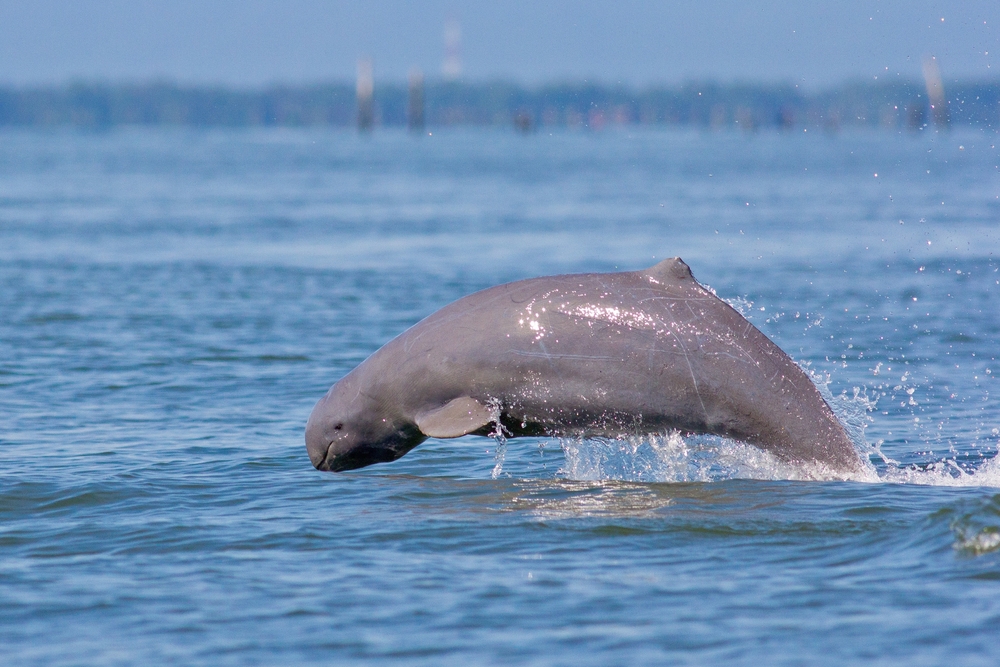
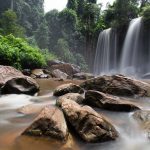
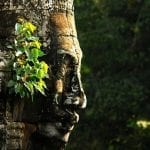
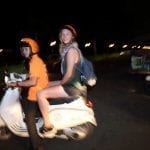
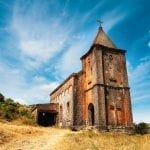
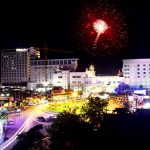


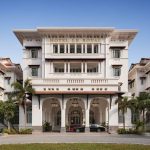
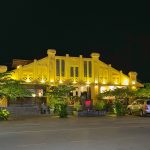
[…] more Cambodian travel ideas, why not read about the Irrawaddy Dolphin, Ecotourism in […]